
Cigarettes played an unexpected role in Chinese weddings in the 1980s and ’90s: the bride had to light a cigarette for every man attending the wedding banquet as a token of gratitude.
Thomas Sauvin, a French photography collector and editor who has lived in China for more than a decade, had no idea of such custom until he stumbled upon a picture of a couple smoking a hand-made cigarette bong at their wedding.
Sauvin has been collecting photographs taken by ordinary Chinese since 2009, when he discovered a garbage dump on the outskirts of Beijing that housed bulks of discarded 35mm. negatives, ready to be processed to extract silver nitrate. He bought the negatives by the kilo and started an archival project, Beijing Silvermine, which now houses an estimate 500,000 negatives. The photographs, shot between 1985 to the early 2000s, when digital replaced analog, offer a surprisingly intimate glance at Chinese lives against the backdrop of the country’s vast social changes.
The couple’s candid yet ingenuous cigarette-smoking wedding photo fascinated Sauvin so much that he spent months sifting through his entire archive, looking to piece together a fleeting tradition even young Chinese today find surprising.
“What is unusual with this series is that found-photography projects usually tend to unearth a story within one stranger’s personal life, but here, it’s a slowly disappearing custom which is bringing the images together,” Sauvin tells TIME.
Now, the photographs have come together in a pocket-sized photobook, Until Death Do Us Part, delivered in a real package of Double Happiness Cigarettes, a well-known Chinese cigarette brand whose symbol is also commonly used at weddings. The packs, 1,000 of them, were all crowd-sourced from users on Chinese social media, Sauvin says.

The book is published by Jiazazhi, one of the few independent photobook publishers in China. Now in its fourth year, it has accumulated several award-winning titles, including Chinese photographer Zhang Xiao’s Coastline, and Zhang Kechun’s Yellow River.
“Teaming up with Jiazazhi was a no brainer,” Sauvin tells TIME. Foreign publishers can often feel helpless in the face of China’s strict regulations on the publishing industry. “I surely wanted this book to be accessible to each and every one in China,” he says.
The series and images from the larger archive are certainly getting noticed in China. With 800 of the 1,000 copies already sold within the first month, half went to domestic readers. “First, [Chinese] tend to be surprised that I am interested in clumsy snapshots of such a recent past, but things hopefully seem to start making sense when they discover the unexpected series I put together with this archive,” he says.
Sauvin also hopes that by presenting the life of everyday people, more people abroad will see the country in a new light. “The way China is depicted in the West tends to be very extreme, very passionate, haters being obsessed with corruption, destruction and pollution, lovers being obsessed with martial arts, calligraphy and tea,” he explains.
Although the fashion of hand-made cigarette bong is vanishing, Sauvin believes that his collection is a “piece of history, written by everyday people,” and may even help bring the dying custom back to life.
Thomas Sauvin is a French photo editor and collector based in Beijing. His new book, Until Death Do Us Part, published by Jiazazhi, is part of Beijing Silvermine, an on-going collection of Chinese vernacular photography.
Ye Ming is a writer and contributor to TIME LightBox. Follow her on Twitter @yemingphoto and Instagram.
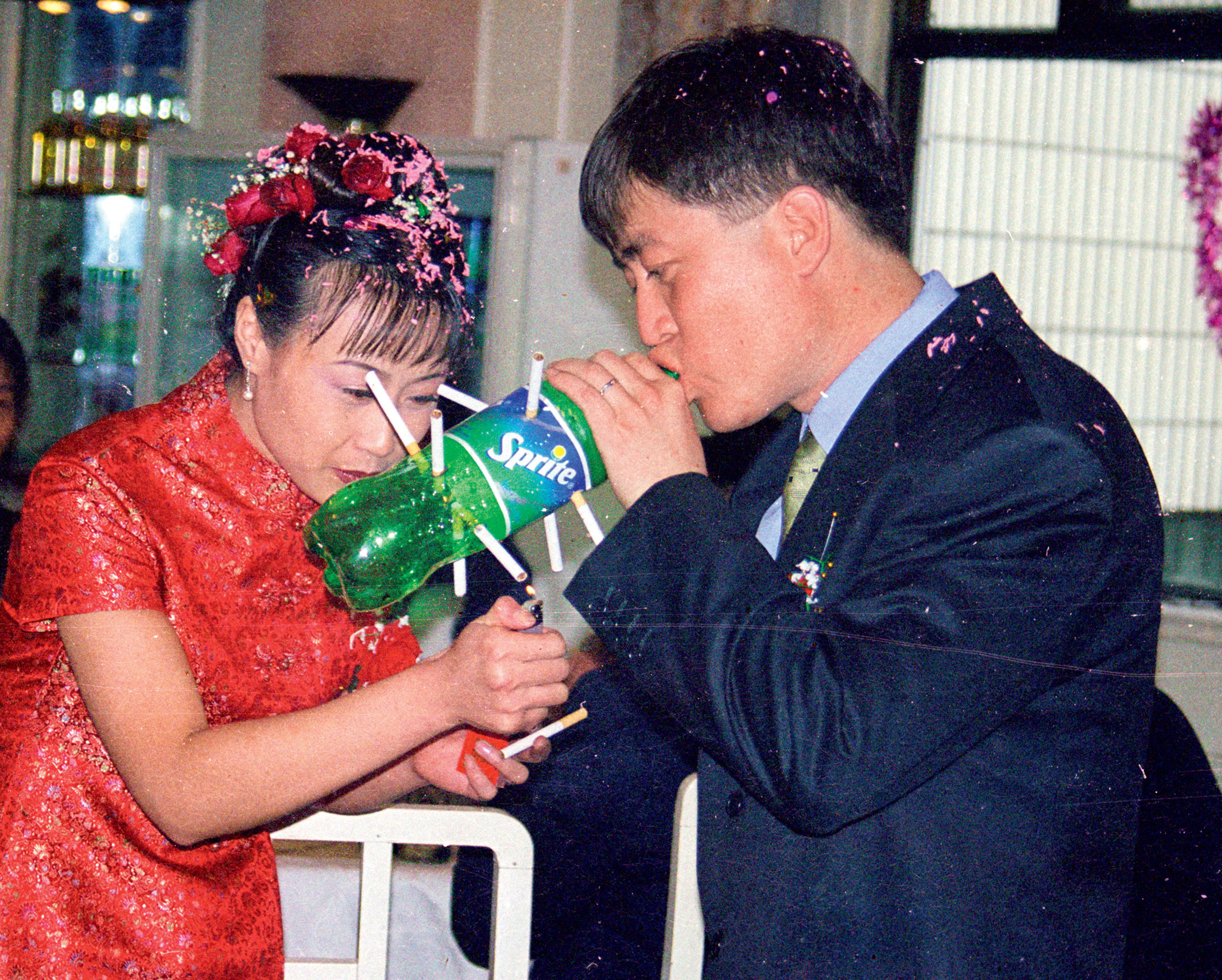
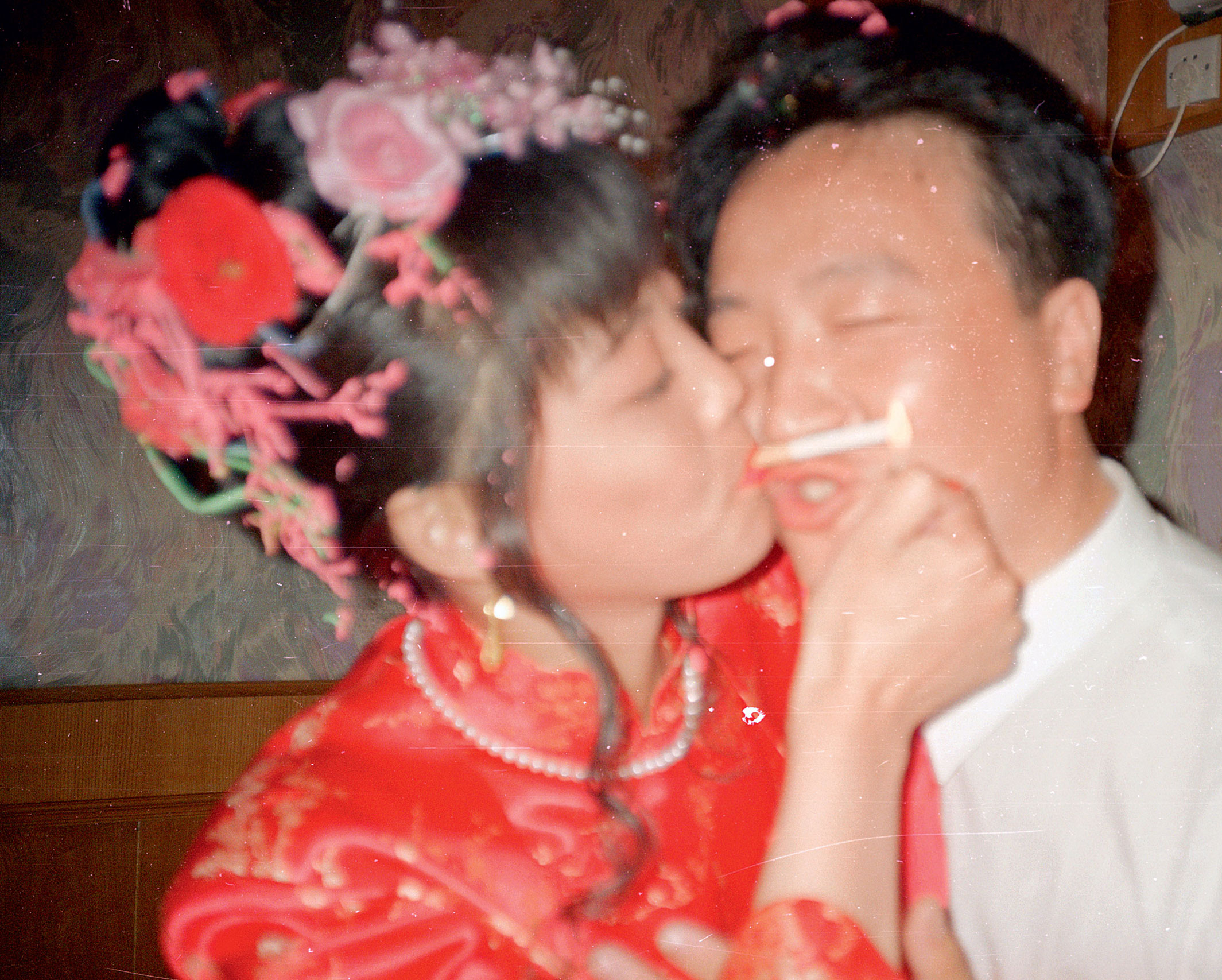
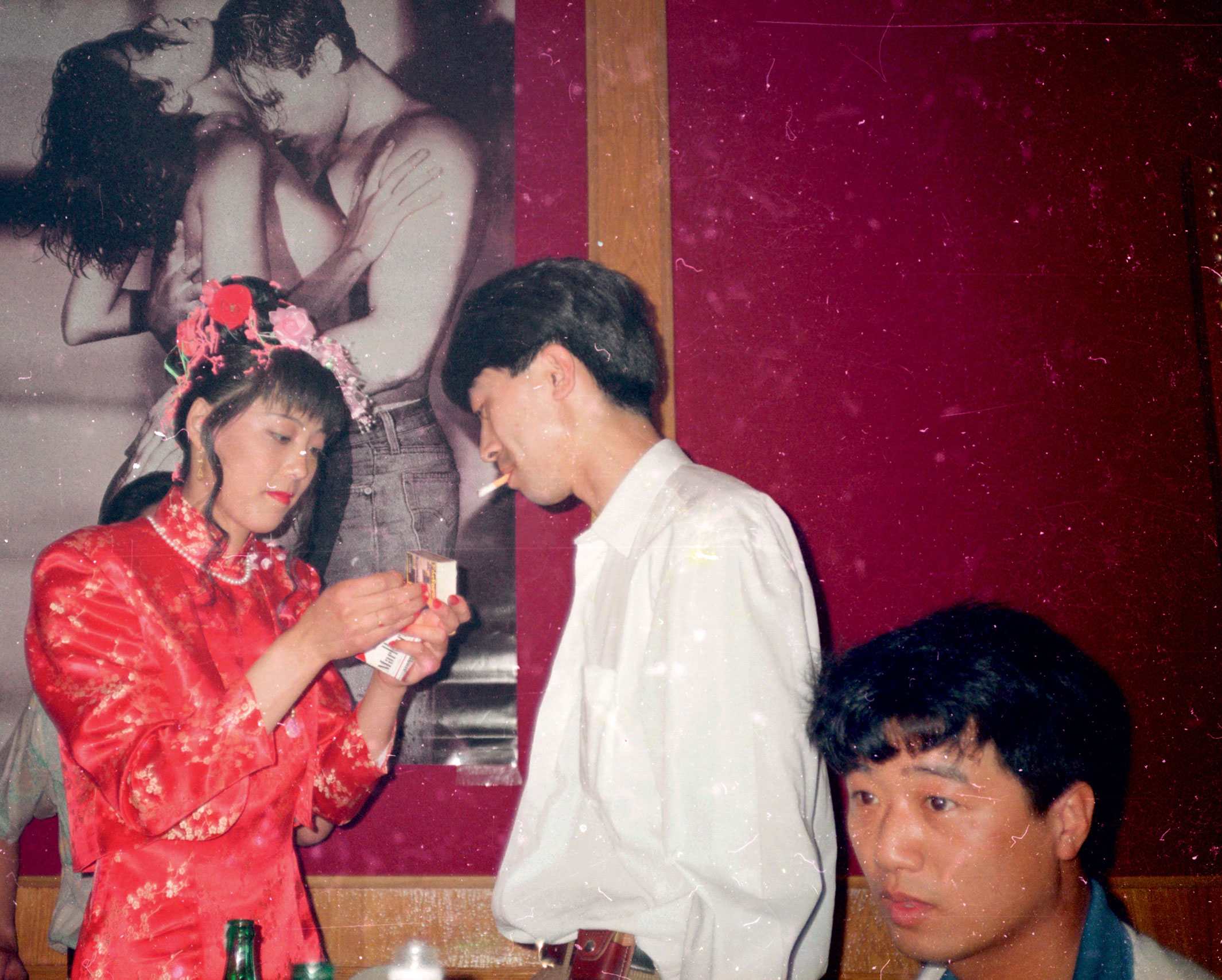

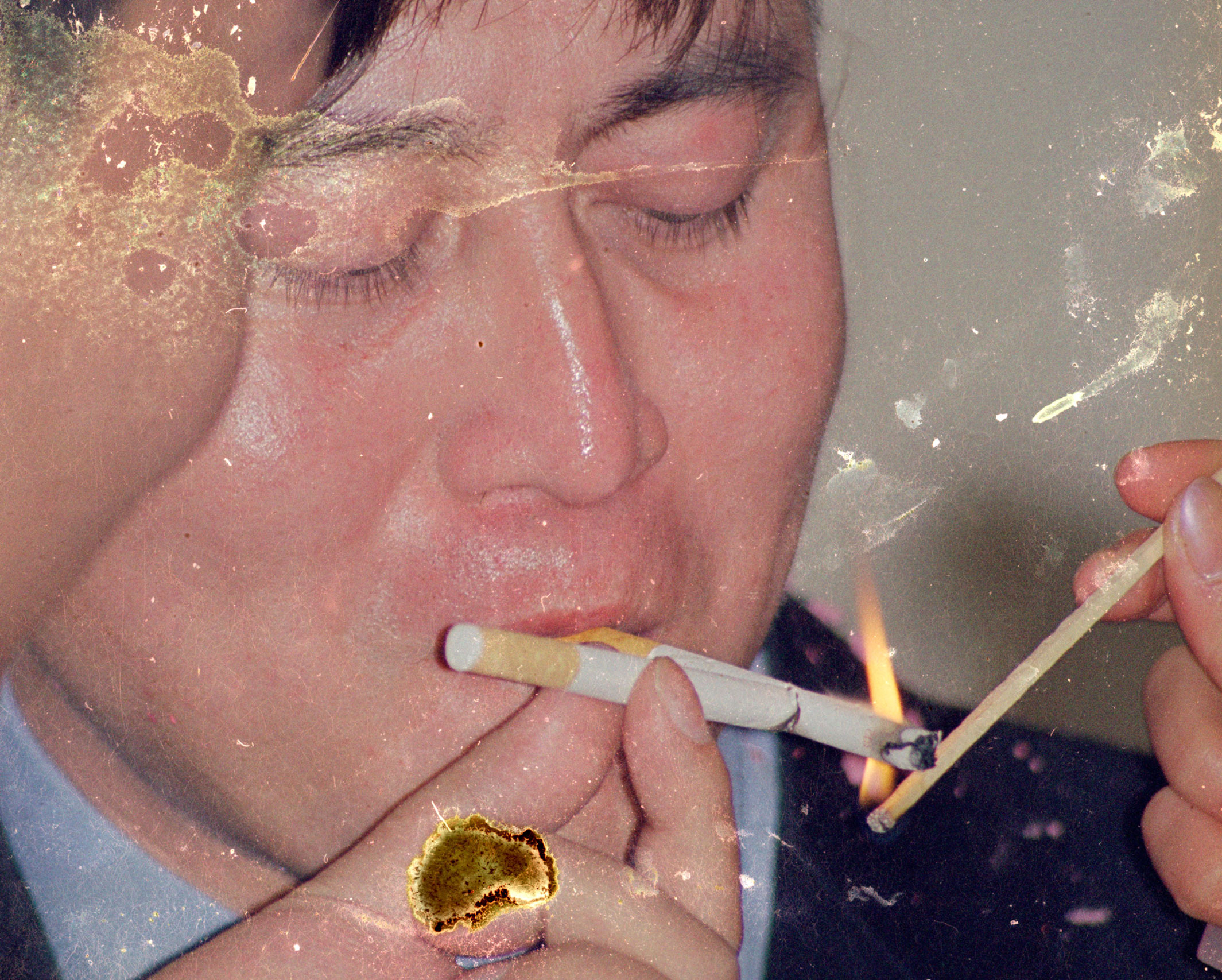
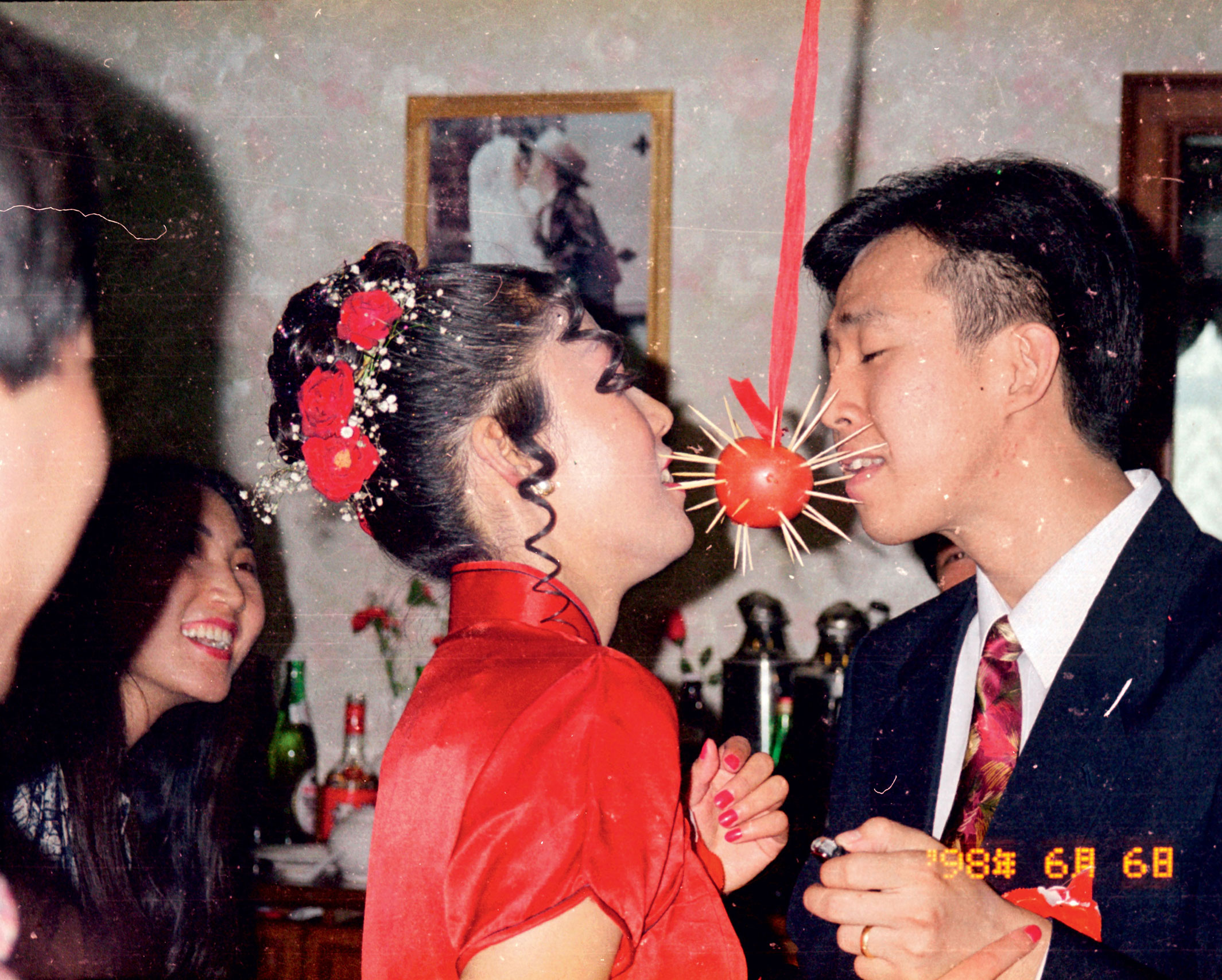
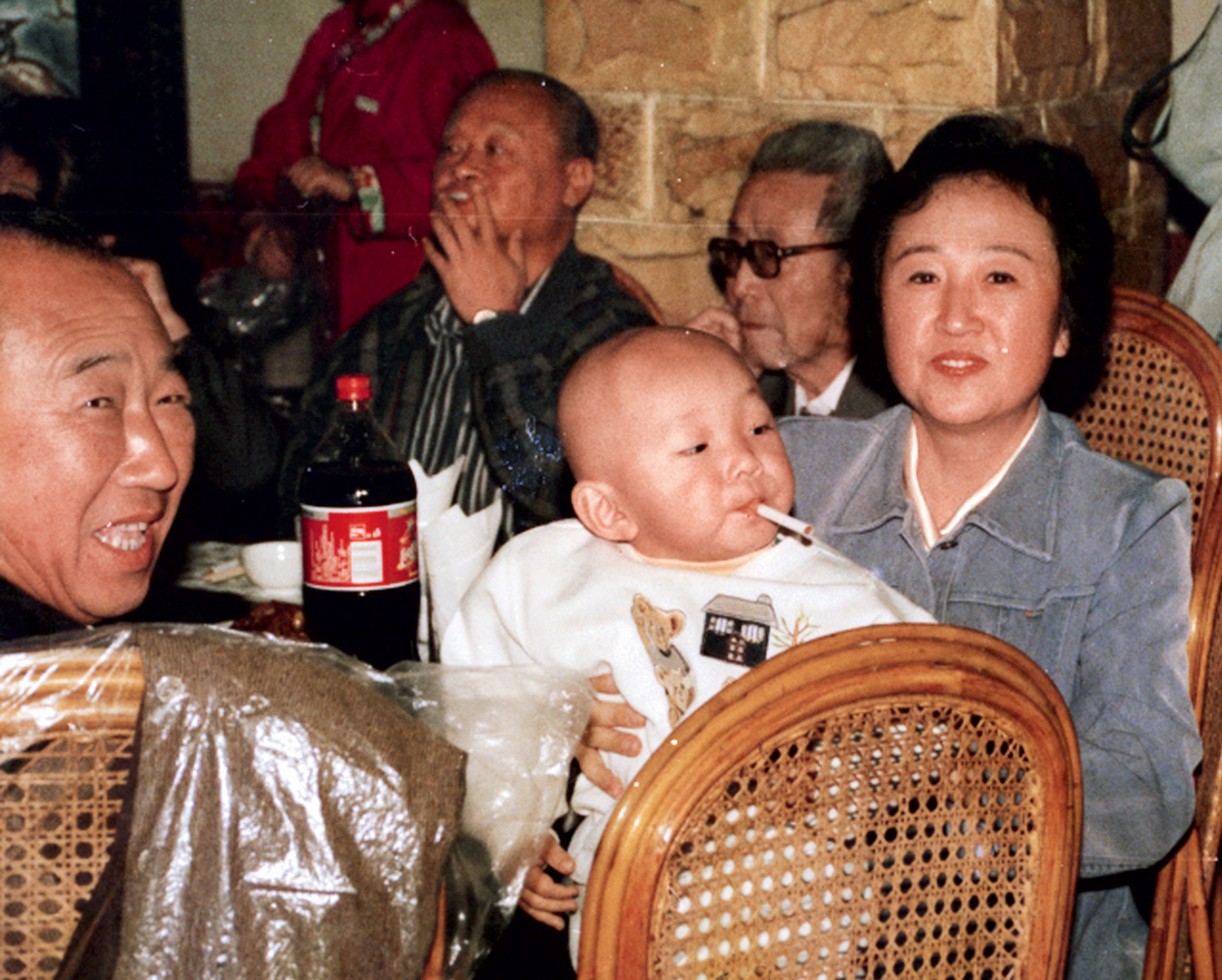
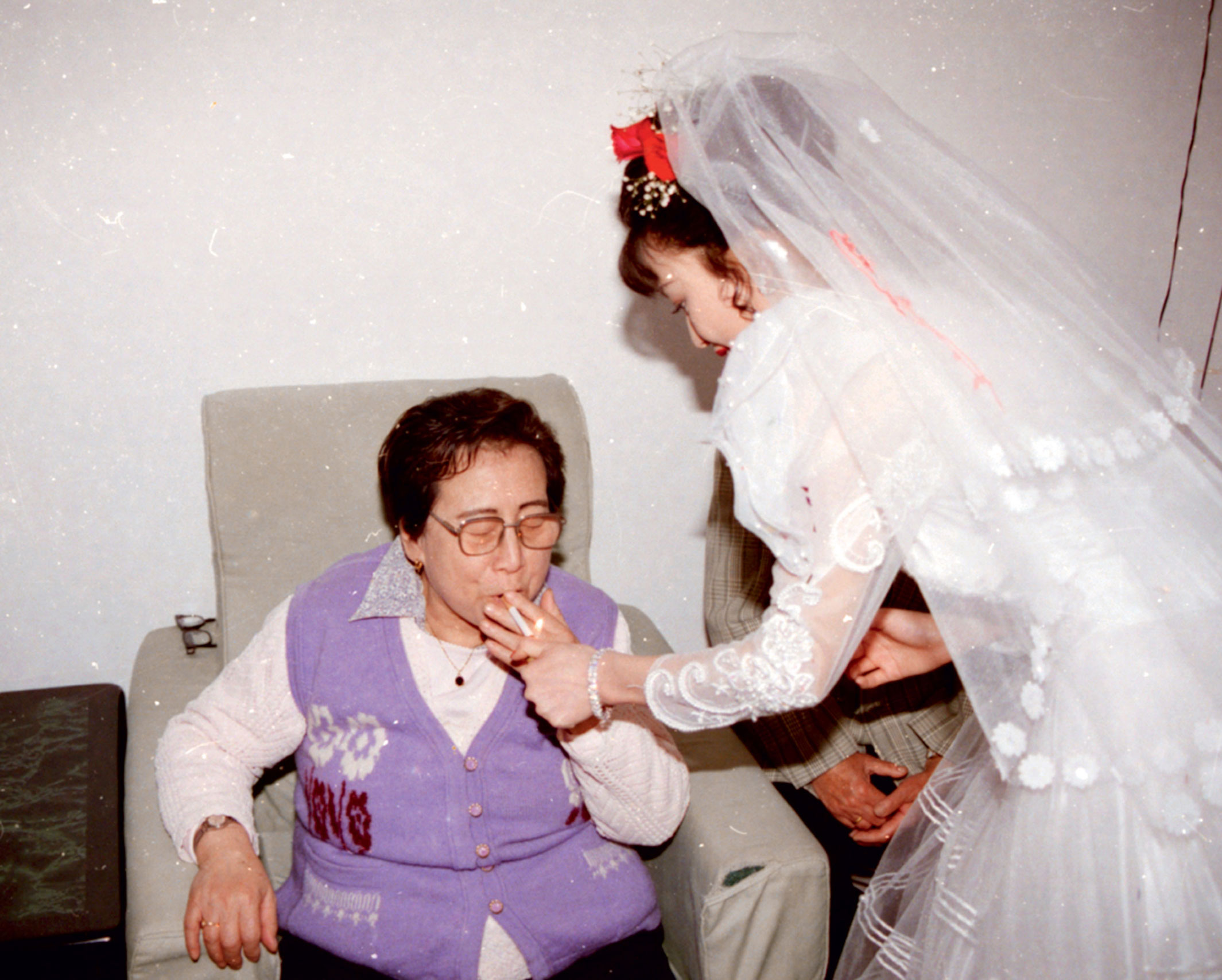
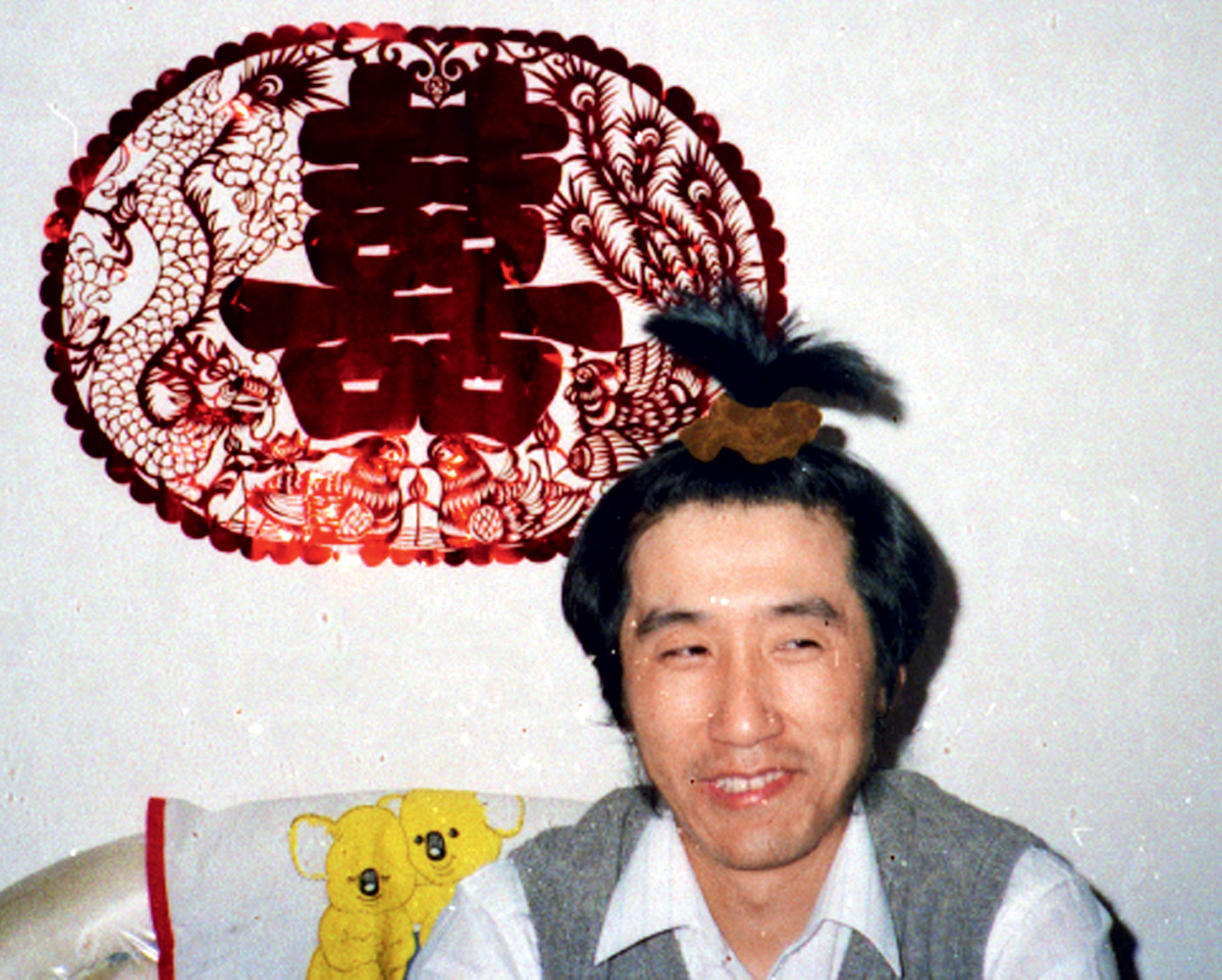

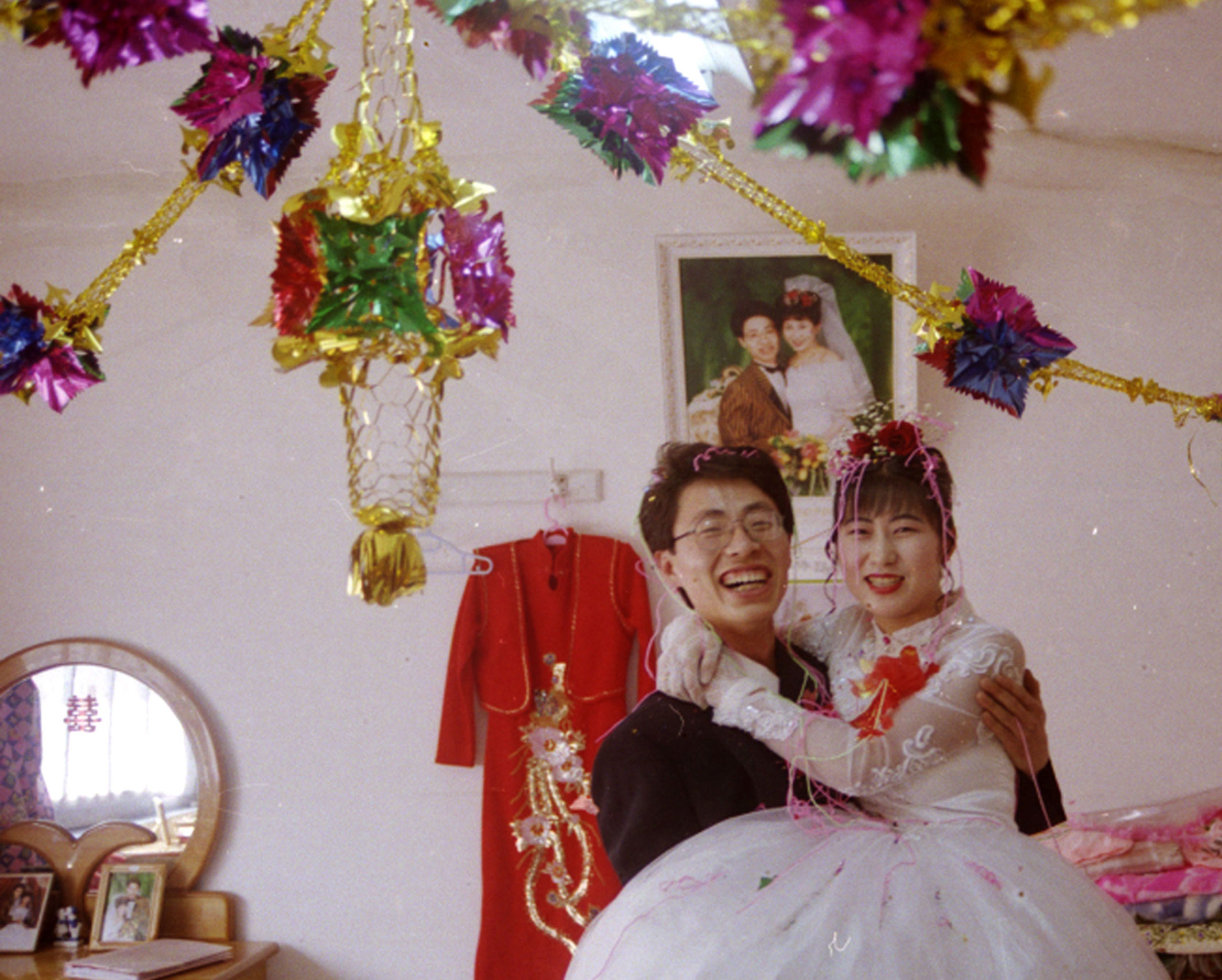
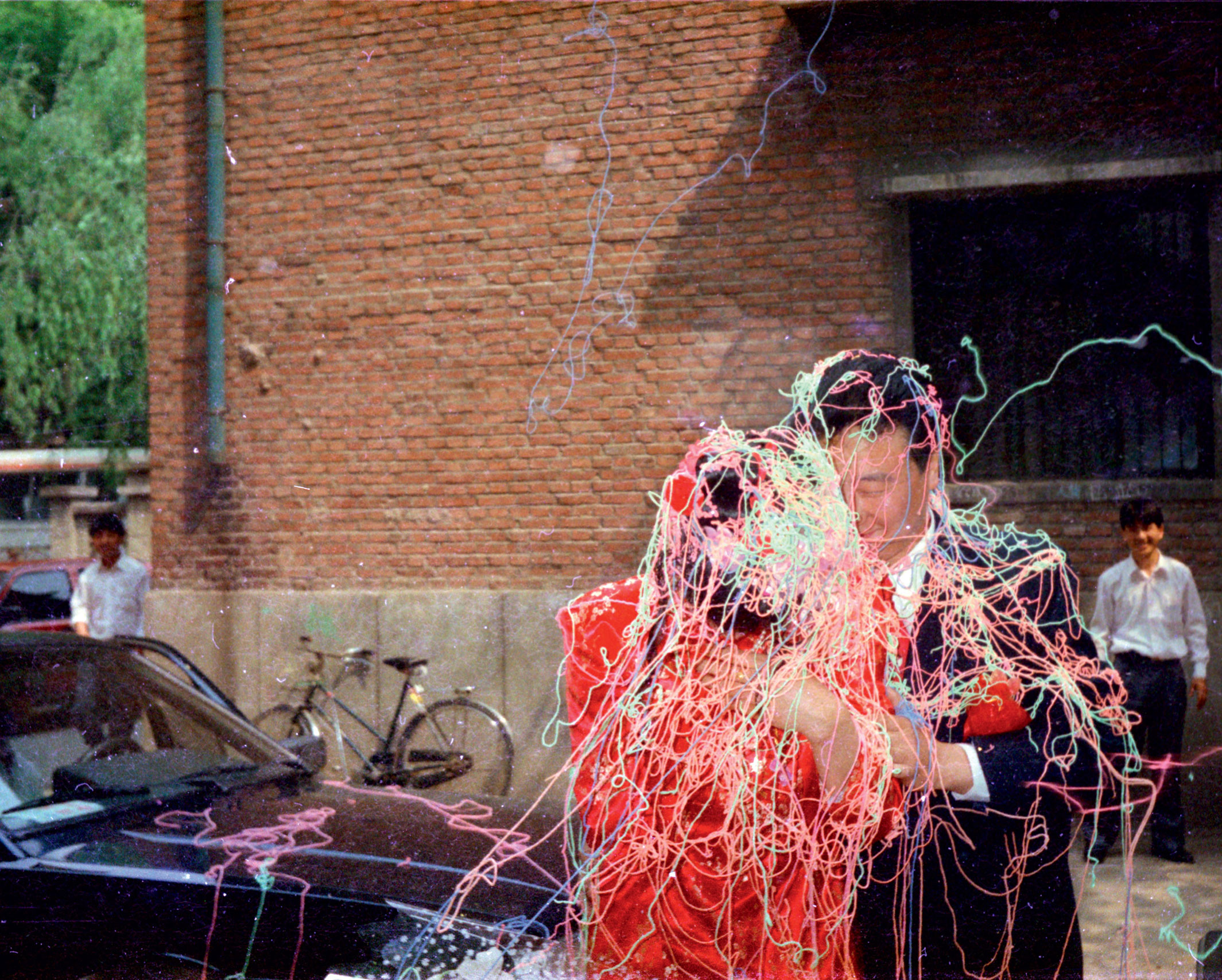
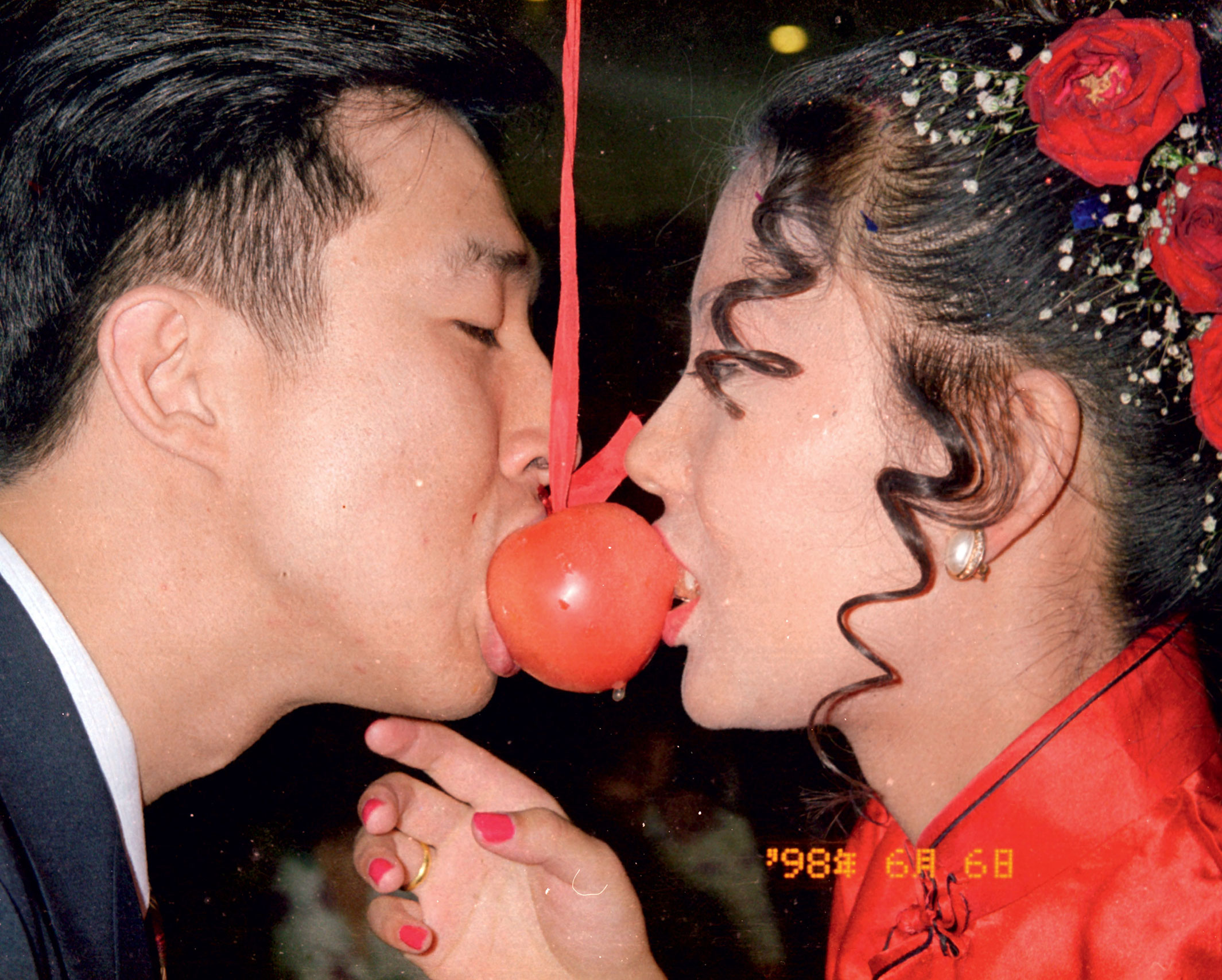

More Must-Reads From TIME
- The 100 Most Influential People of 2024
- Coco Gauff Is Playing for Herself Now
- Scenes From Pro-Palestinian Encampments Across U.S. Universities
- 6 Compliments That Land Every Time
- If You're Dating Right Now , You're Brave: Column
- The AI That Could Heal a Divided Internet
- Fallout Is a Brilliant Model for the Future of Video Game Adaptations
- Want Weekly Recs on What to Watch, Read, and More? Sign Up for Worth Your Time
Contact us at letters@time.com